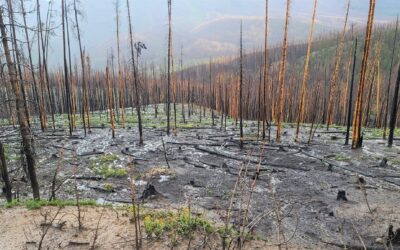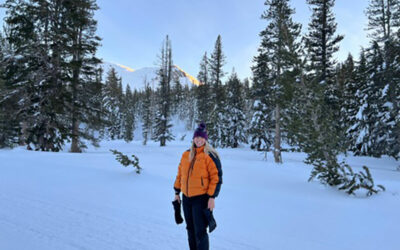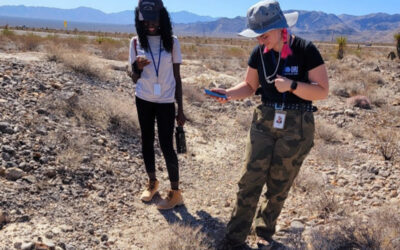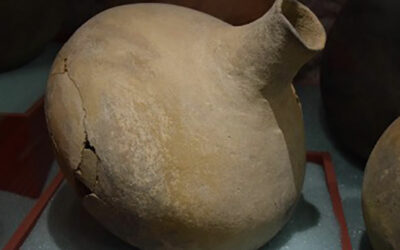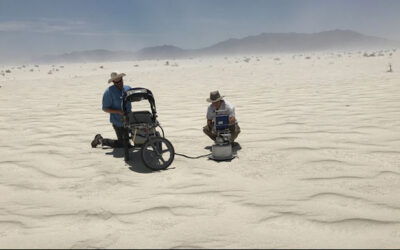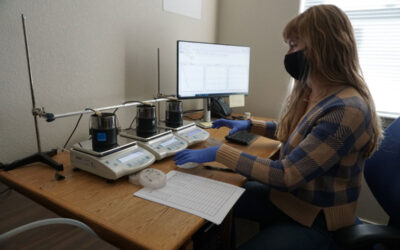DRI researchers are examining the potential for climate intervention techniques to help cool communities – and the planet
Understanding Rain-on-Snow Events with Anne Heggli
Rain-on-snow events are the focus of DRI’s Anne Heggli, who is studying ways to improve our ability to forecast and prepare for these potentially hazardous storms.
Mary Cablk: Celebrating a Career in Canine Detection, Biology, and Remote Sensing
Mary Cablk retired from DRI after 23 years. Her journey into science began with remote sensing and later pioneered new fields of science.
DRI interns join the search for elusive desert tortoises in Tule Springs Fossil Beds National Monument
Tiffany Pereira’s student interns tracked elusive and threatened desert tortoises in the desert near Las Vegas, Nevada.
What can prehistoric ceramics of the California deserts tell us about the past?
DRI archaeologist Greg Haynes recently completed a synthetic report on the prehistoric ceramic artifacts of the Colorado and Mojave deserts.
NSF-funded Study Finds Eolian Dust Systems Impact Cardio-Pulmonary Health
The study, published in Geology, seeks to characterize dust emission potential from landforms in two end-member eolian systems, where wind is the primary source of sediment transport.
Seeking answers from the ashes
How did recent Sierra Nevada fires such as the Caldor, Tamarack, and Dixie impact soil properties in burned areas? An interdisciplinary team of DRI scientists has received funding from the National Science Foundation to find out.
